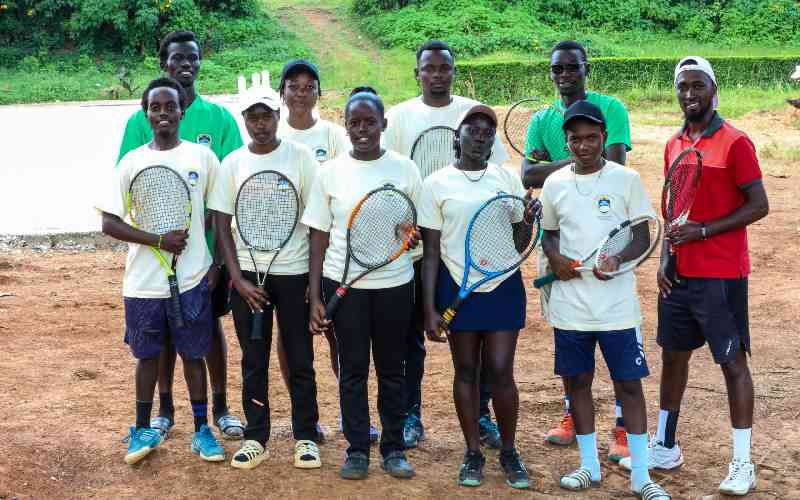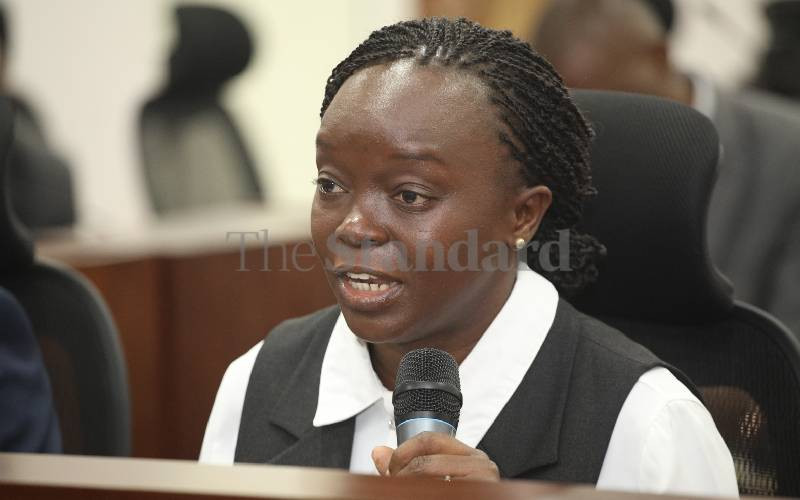By MARK KAPCHANGA
NAIROBI, KENYA: Kenya may have to relook at its irrigation plans that aim to create food stability following revelations that the huge water demand will impact negatively on the environment.
Water expert Sean Avery argues that irrigating the drylands is a development that should be treated with “extreme caution”. He cites the case of Ethiopia's Kuraz sugarcane irrigation project which would require an equivalent of 25 per cent of Kenya's entire renewable water. “The water would otherwise flow into Lake Turkana, whose water level could consequently fall over 20 metres, with potential devastation of fisheries,” said Mr Avery.
The Government recently unveiled an ambitious irrigation campaign that is thought will be the answer to the region’s perennial food deficit. Irrigation to the tune of 1.2 million hectares of arid and semi-Arid lands, also known as the drylands, is one of the Vision 2030 flagship projects.
Kenya has 10 million hectares of arable land, with a maximum of 1.3 million hectares reported irrigable. Irrigated areas totalled 165,833 hectares in 2011. Experts say the irrigation sector is by far Kenya’s largest water user.
It is projected this will account for 81 per cent of the nation’s projected water demand by 2030. The country’s surface water resources will fail to meet this demand, however, with the projected water deficit in two decades’ time likely to be 74 per cent of total demand.
According to Mr Avery, large-scale irrigation projects such as the Bura and Hola schemes on the Tana River provide useful examples of the difficulties that have marred large-scale irrigation development projects over many years in the drylands. “The schemes were challenged by marginal soils, the difficulties of ensuring reliable water supply, river channel mobility within its flood plain, and pumping problems,” he said, adding: “The water transmission distances for Bura resulted in large canal water losses. The canals also became choked with the invasive alien plant Prosopis juliflora.”
Regional Learning and Advocacy Programme says to achieve the Kenya Vision 2030 irrigation goals, substantial water engineering works is required to capture and manage the surface water runoff process. "This is challenging. The feasibility of storage reservoirs is dependent on sites having suitable topography and foundation conditions. The catchments will require careful management to avoid loss of storage capacity through excessive sedimentation," said Avery.
He argued that to avert these challenges, authorities could think of developing drought and salt tolerant crops.
 The Standard Group Plc is a
multi-media organization with investments in media platforms spanning newspaper
print operations, television, radio broadcasting, digital and online services. The
Standard Group is recognized as a leading multi-media house in Kenya with a key
influence in matters of national and international interest.
The Standard Group Plc is a
multi-media organization with investments in media platforms spanning newspaper
print operations, television, radio broadcasting, digital and online services. The
Standard Group is recognized as a leading multi-media house in Kenya with a key
influence in matters of national and international interest.
 The Standard Group Plc is a
multi-media organization with investments in media platforms spanning newspaper
print operations, television, radio broadcasting, digital and online services. The
Standard Group is recognized as a leading multi-media house in Kenya with a key
influence in matters of national and international interest.
The Standard Group Plc is a
multi-media organization with investments in media platforms spanning newspaper
print operations, television, radio broadcasting, digital and online services. The
Standard Group is recognized as a leading multi-media house in Kenya with a key
influence in matters of national and international interest.









